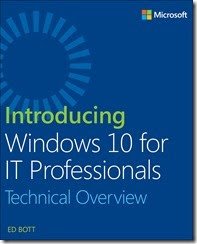Each year, criminal actors target US persons and visa holders for Stolen Identity Refund Fraud (SIRF). SIRF is defined as the fraudulent acquisition and use of the Personally Identifiable Information (PII) of US persons or visa holders to file tax returns.
The fraudulent tax returns are sent to bank accounts or pre-paid cards that are held under their control. SIRF is relatively easy to commit and extremely lucrative for criminal actors. While all U.S. taxpayers are susceptible to SIRF, over the past year, criminal actors have targeted specific portions of the population, including: temporary visa holders, the homeless, prisoners, the deceased, low-income individuals, children, senior citizens, and military personnel deployed overseas. This may be due to the perception by criminal actors that these individuals are less likely to be aware of or receive notification that their identity has been stolen.
- File tax returns as early as possible.
- Monitor your bank account statements regularly, as well and as your credit report at least once a year for any fraudulent activity.
- Report unauthorized transactions to your bank or credit card provider as soon as possible.
- Be cautious of telephone calls or e-mails that require you to provide your personal information, especially your birth date or social security number. If you are in doubt, do not provide the requested information.
- Do not open e-mail or attachments from unknown individuals. Additionally, do not click on links embedded in e-mails from unknown individuals.
- Never provide personal information of any sort via e-mail. Be aware, many e-mails requesting your personal information appear to be legitimate.
- If you use online tax services, ensure your bank account is accurately listed before and after you file your tax return.
- Ensure sensitive information is permanently removed from online tax software accounts that are no longer being used. Allowing online accounts to become dormant can be risky and make you more susceptible to tax fraud schemes.
- If you feel you are a victim, immediately contact the three major credit bureaus to place a fraud alert on your credit records.
- If you are a victim, file an Identity Theft Affidavit (IRS Form 14039). This form is available for download from www.identitytheft.gov.
